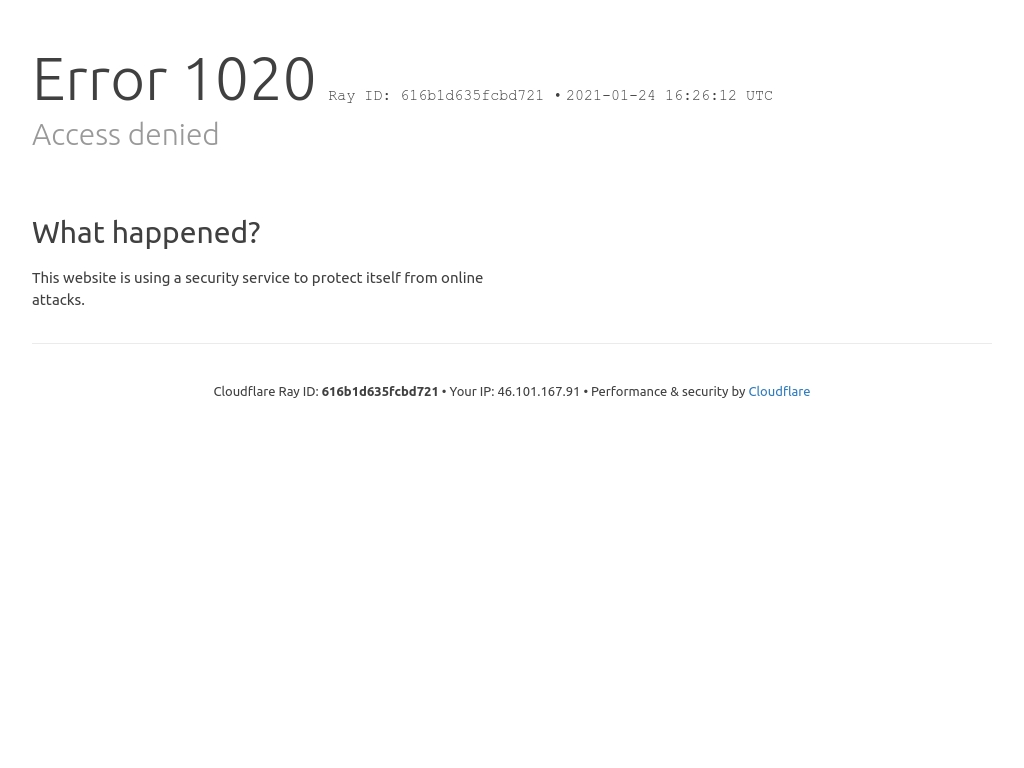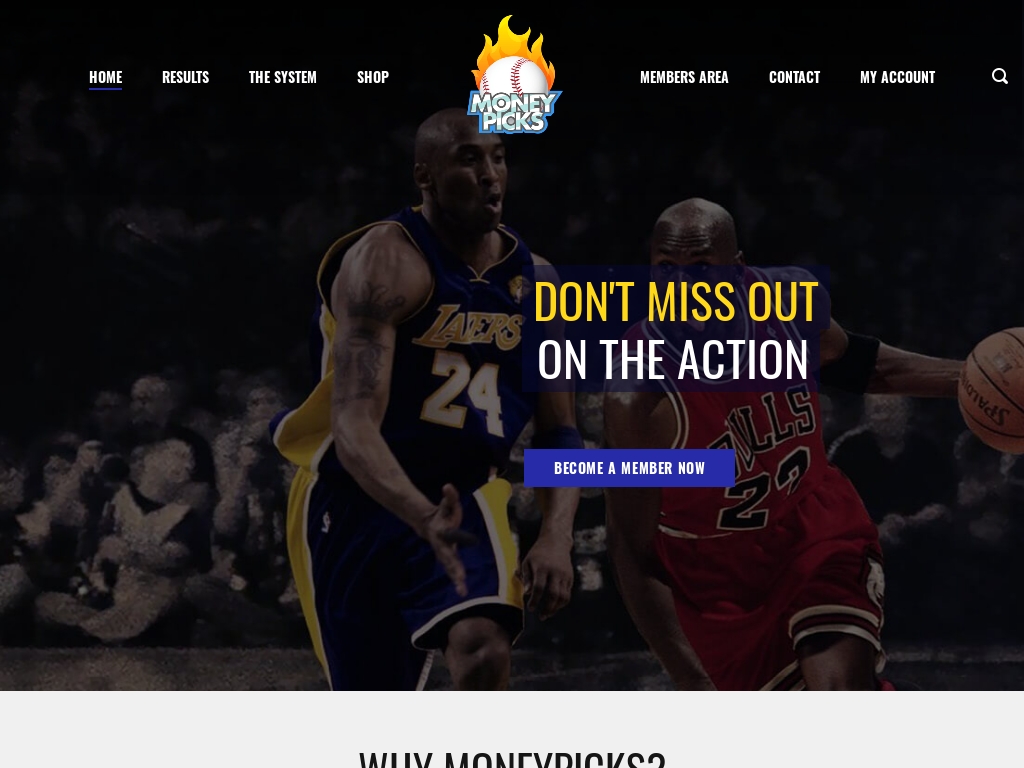
How Carvana Rebounded to a $41B Market Cap After a 99% Drop
Who is Ernie Garcia III?
Ernie Garcia III is the founder of Carvana, who hails from Phoenix and has a background in the automotive industry through his work with DriveTime Automotive Group, which is owned by his father. Before founding Carvana in 2012, he envisioned creating an innovative online platform to streamline the car purchasing process.
What problem does CARVANA solve?
Carvana eliminates the hassle of traditional car buying by allowing customers to browse, finance, and purchase used cars online, avoiding pushy salespeople and lengthy dealership visits.

How did Ernie come up with the idea for CARVANA?
Ernie Garcia III, the founder of Carvana, was struck by the inefficiencies and frustrations associated with traditional car buying, especially the lengthy and often uncomfortable dealership experience. He identified an opportunity for innovation when he observed the speed and simplicity of wholesale car auctions, where dealers could make purchasing decisions within seconds. This realization inspired him to envision a similar streamlined process for consumers, reducing the typical hours-long ordeal to something much quicker and more enjoyable.
Drawing from his experience at DriveTime Automotive Group, Garcia had insights into the existing problems in the car dealership model. He saw the potential for a heavily tech-driven system that could deliver both improved customer experiences and business efficiencies. Before diving into the venture, Garcia weighed the risks and rewards of disrupting a well-entrenched industry, ultimately deciding that the potential benefits justified the bold move.
Garcia's initial idea underwent refinement through an extensive validation process, including close observation of consumer pain points and technological advances. He aimed to create a seamless online platform that eliminated the hassles of traditional car buying, offering features like home delivery and a seven-day test-own period. His approach faced skepticism, but he persisted, using feedback and criticisms to strengthen his solution. These challenges shaped Carvana's innovative approach to car sales, leading to its role as a significant disruptor in the automotive retail space.
How did Ernie Garcia III build the initial version of CARVANA?
Building Carvana's initial product posed several challenges but was driven by a focus on harnessing technology to simplify and transform the car-buying process. Initially, Carvana developed the online platform using a full-stack approach, primarily powered by modern web technologies to manage vehicle listings, facilitate financing, and handle logistics efficiently. Creating the first version involved deep integration with financial systems to provide instant loan approvals, a move that set them apart from traditional dealerships. The initial product took several months of intensive development, featuring a complex infrastructure that included an online marketplace designed to manage numerous simultaneous transactions securely. Key challenges included ensuring data accuracy and optimizing the user experience, especially as it diverged significantly from the traditional car-buying process. Success depended not only on technological development but also on vertically integrating operational aspects like logistics and car reconditioning into a seamless online service.
What was the growth strategy for CARVANA and how did they scale?
Brand Advertising
Carvana has placed a strong emphasis on brand advertising. They recognize the power of storytelling to solidify Carvana as a recognizable brand. This involves creating narratives that resonate with potential customers and position Carvana as a leading choice in the car-buying market.
Why it worked: Brand advertising helps in creating a memorable identity and emotion around Carvana, unlike traditional dealerships. By effectively storytelling, Carvana aims to enhance brand recall and trust, which is crucial in high-value purchases like cars.
Vertical Integration
Carvana has pursued vertical integration, which involves controlling multiple steps in the car-buying process. This includes financing, insurance, and trade-ins, which are typically managed by third parties in conventional settings. Carvana has streamlined these services under their own roof.
Why it worked: By managing these services internally, Carvana captures additional profit margins typically lost to middlemen. This control aids in offering competitive pricing and customer convenience, making the buying process simpler and more appealing.
Online Sales Model
Central to Carvana's growth is its online retail model. This approach eliminates the need for physical dealerships, significantly reducing overhead costs. Customers can select and purchase vehicles through an intuitive online platform, which also offers 360-degree views and virtual tours of the cars.
Why it worked: The online model aligns with the growing consumer preference for digital shopping experiences. It offers transparency, convenience, and the ability to browse a vast inventory at any time, making it particularly attractive in today's digital-first world.
Economies of Scale
Carvana's business model benefits significantly from economies of scale. Their extensive infrastructure supports a growing number of transactions without proportionally increasing costs. This scalability has allowed them to improve margins and offer better prices to customers as they grow.
Why it worked: As Carvana scales, the cost per unit of operating these transactions decreases, allowing for competitive prices and improved profitability. Efficient scaling reinforces their market position while expanding their customer base.
What's the pricing strategy for CARVANA?
Carvana employs a unique pricing strategy with no-haggle, transparent vehicle pricing and a 7-day test-own period, integrating financing options that enhance their value proposition to capture more profit per transaction.
What were the biggest lessons learned from building CARVANA?
- Weather Financial Storms with Resilience: Carvana's journey from a market cap of $60 billion to $400 million, and back to $41 billion, highlights the importance of staying resilient and sticking to your core vision, even when financial challenges arise.
- Vertical Integration Advantage: By vertically integrating various parts of the car-selling process, Carvana significantly lowered variable expenses and increased profit per transaction. This strategy allowed them to capture more of the profit pools in the automotive sector.
- Effective Team Prioritization: Initially having 90 small teams led to fragmented efforts. Carvana learned the value of reducing silos and focusing on fewer, larger teams to align priorities better and accelerate business impact.
- Customer Experience Matters: Carvana emphasized creating a transparent, frictionless buying experience. This commitment helped them build customer trust and maintain competitive differentiation in a fragmented industry.
- Leverage Branding for Growth: Understanding the power of branding through initiatives like the Car Vending Machine, Carvana effectively used storytelling and unique customer experiences to strengthen brand recognition and drive growth.
Discover Similar Business Ideas Like CARVANA
|
|
Idea
|
Revenue
|
|---|---|---|
|
Matcha.com
|
Premium ceremonial-grade matcha supplier for tea aficionados.
|
$708K
monthly
|
|
No Cold Feet
|
Customizable socks and gifts for groomsmen.
|
$108K
monthly
|
|
Moneypicks
|
Sports betting analytics membership for winning picks.
|
$8K
monthly
|
|
vonu
|
Innovative multi-use lounger for infant comfort and relief.
|
$100K
monthly
|
|
WrumerSound
|
"Device transforming car speakers into engine simulators."
|
$35K
monthly
|
|
NOVO watch
|
Handmade watches crafted from reclaimed historical materials.
|
$20K
monthly
|
|
Pretty Arrow
|
Personal finance tools empowering young women to conquer debt.
|
$10.4K
monthly
|
More about CARVANA:
Who is the owner of CARVANA?
Ernie Garcia III is the founder of CARVANA.
When did Ernie Garcia III start CARVANA?
2012
What is Ernie Garcia III's net worth?
Ernie Garcia III's business makes an average of $255M/month.
How much money has Ernie Garcia III made from CARVANA?
Ernie Garcia III started the business in 2012, and currently makes an average of $3.06B/year.

Download the report and join our email newsletter packed with business ideas and money-making opportunities, backed by real-life case studies.

Download the report and join our email newsletter packed with business ideas and money-making opportunities, backed by real-life case studies.

Download the report and join our email newsletter packed with business ideas and money-making opportunities, backed by real-life case studies.

Download the report and join our email newsletter packed with business ideas and money-making opportunities, backed by real-life case studies.

Download the report and join our email newsletter packed with business ideas and money-making opportunities, backed by real-life case studies.

Download the report and join our email newsletter packed with business ideas and money-making opportunities, backed by real-life case studies.

Download the report and join our email newsletter packed with business ideas and money-making opportunities, backed by real-life case studies.

Download the report and join our email newsletter packed with business ideas and money-making opportunities, backed by real-life case studies.

















